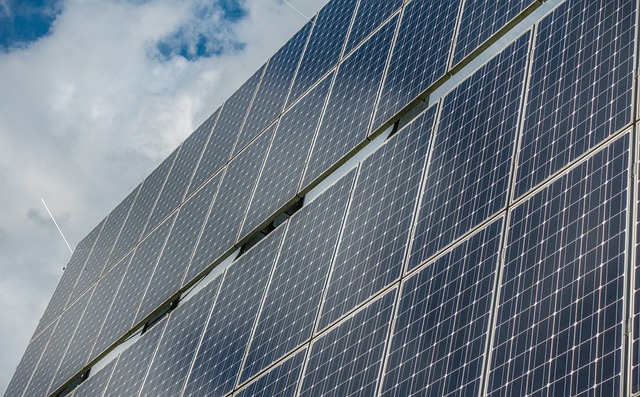Solar energy is an indispensable part of the energy mix. In order to further reduce the costs of solar power, research has to reduce production costs of PV modules and increase the efficiency of solar cells. Laser technology plays a key role in the cost-effective production of high-quality solar cells on an industrial scale. Fraunhofer ILT is developing industrial laser processes and the necessary components for an economical production process with high process efficiency.
A current focus of Fraunhofer ILT's work is in the field of organic photovoltaics, in which high-performance interconnection technologies are integrated into highly productive systems. Here, Fraunhofer ILT offers state-of-the-art coating, laser-based thin-film modification and structuring systems in a roll-to-roll process. These are characterized by particularly high flexibility and low production costs.
 Fraunhofer Institute for Laser Technology ILT
Fraunhofer Institute for Laser Technology ILT